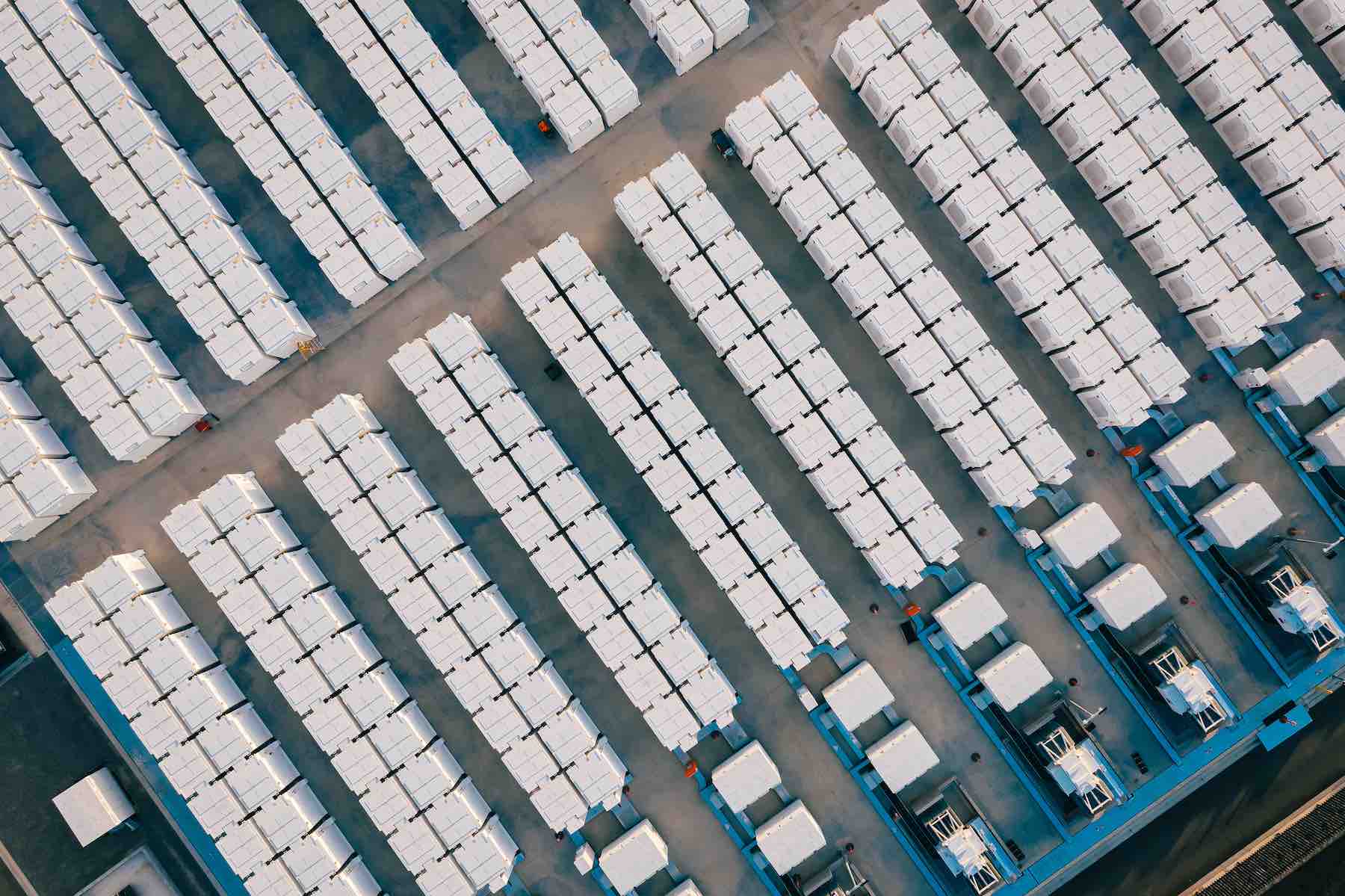Big batteries dominate booming grid connection pipeline, as solar-storage hybrids also make their mark

The Rangebank Battery in Victoria. Source: Eku Energy
Sophie Vorrath
Oct 28, 2025
Battery
Storage
Big batteries make up nearly half of all new capacity in Australia’s booming energy investment pipeline, new data has revealed, as the mix of technologies coming onto the grid shifts from baseload and peaking power to renewables and firming.
The Australian Energy Market Operator’s latest Connections Scorecard shows the development pipeline for the main national grid has ballooned out to 275 projects, representing a total of 56.6 GW in generation and storage capacity.
AEMO onboarding and connections group manager Margarida Pimentel says this is equivalent to around 82 per cent of the National Electricity Market’s (NEM) existing generation capacity and marks a 24 per cent increase in new capacity, year-on-year.
“The latest insights show a strong and growing pipeline of new energy projects entering the market to meet consumers’ growing electricity needs,” Pimentel says.
“During the three months to September, six projects totalling 1.6 GW completed full output, while a further 2.4 GW of staged capacity has been released from projects working towards full output.
“In the last 12 months, 28 projects (4.7 GW) have been commissioned to full output,” she said, “while 10 projects (2.2 GW) were registered, increasing the total number of projects working to commission to 25 (7 GW).
“A further 23.2 GW of earlier-stage projects are finalising contracts or under construction – up 43 per cent from this time last year.”

But it is the mix of technologies that is most telling of where Australia is at on the path to 82 per cent renewables by 2030, with big batteries making up about half of all new capacity in the investment pipeline at 26.1 GW.
AEMO says that in both application and registration, the dominant technology was stand-alone batteries, whilst complete commissioning projects were a mix of wind, solar and battery.
Of the 20 new applications received in the first quarter of the 2025-26 financial year, 13 were standalone grid forming battery projects (2.7 GW). A further eight applications and 10 registrations were approved, and six projects completed commissioning.
Two big battery projects were also among the six to reach full output over the past quarter – the Ulinda Park BESS in Queensland (155 MW / 298 MWh) and the Mannum BESS in South Australia (100 MW / 200 MWh).
All told, battery storage capacity in the pipeline charted a year-on-year increase of 79 per cent, up from from 14.6 GW. And the vast majority of this new pipeline capacity – 18.2 GW – is made up by grid-forming batteries.

AEMO also notes an uptick in hybrid projects combining solar with battery storage, which have jumped from a 7 per cent share of the connections pipeline to 17% over the last 12 months.

This trend was also evident in the most recent generation tender of the federal government’s flagship Capacity Investment Scheme, in which solar battery hybrid projects emerged as the dominant technology, winning the most projects and the bulk of capacity.
As Renew Economy reported, of the 20 projects selected in the tender earlier this month, 11 are solar battery hybrids, and one is a wind battery hybrid, with a combined battery capacity of 3.5?GW /11.4 GWh.
The last two tenders, meanwhile, have awarded revenue underwriting agreements to 28 battery projects totalling 7.6 GW and 28 GWh of battery storage.
“The pipeline showcases the National Electricity Market’s shift from a baseload and peaking power system, to one that’s built on renewables and firming,” Pimentel said on Tuesday.
“Grid-scale batteries make up about half of all new capacity in the investment pipeline, increasing 79 per cent year-on-year from 14.6 GW to 26.1 GW.
“Of this, around 70 per cent (18.2 GW) are grid-forming batteries, highlighting the rapid technological progress underway across Australia.”
Less promising, however, is the new data on how long projects are taking in the proponent implementation phase, between application approval and registration.
“We’re seeing some projects taking longer in the proponent implementation phase, due to prolonged funding uncertainty, project ownership changes, and design modifications, such as battery integration and original equipment manufacturer changes,” Pimentel said.
If you wish to support independent media, and accurate information, please consider making a one off donation or becoming a regular supporter of Renew Economy. Your support is invaluable.
reneweconomy.com.au |








